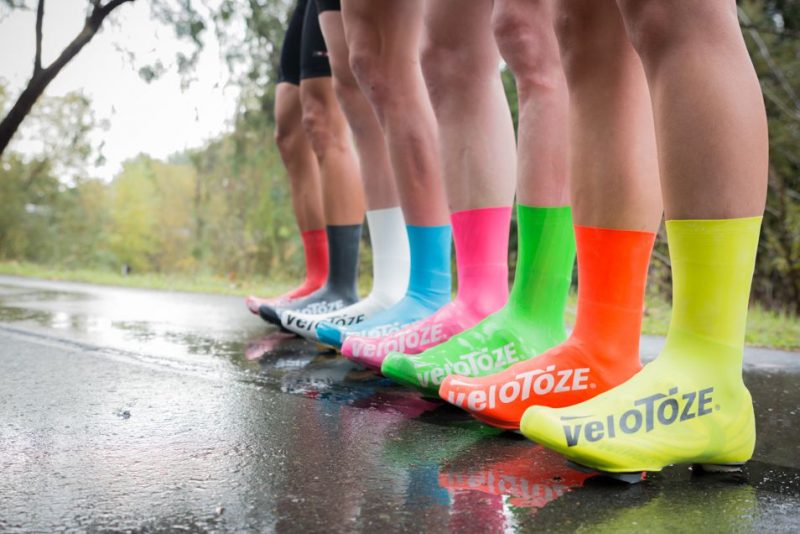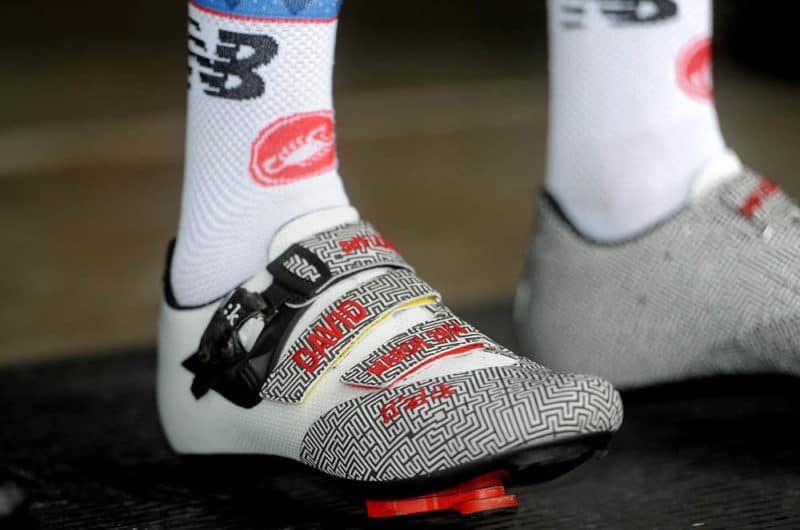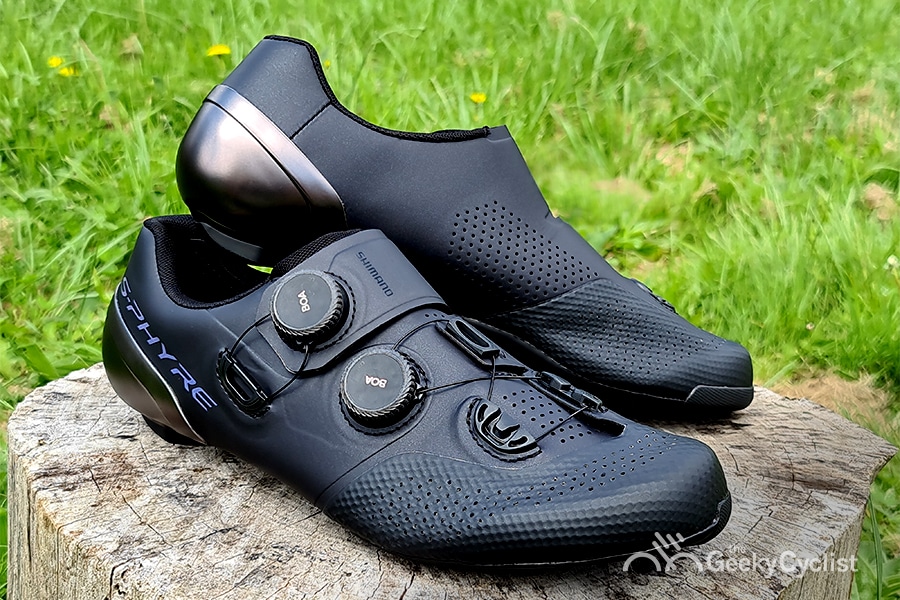6 Ways to Keep Your Feet Warm During Winter Rides
Love winter bike rides, but hate cold feet?
You’re not alone.
Bicycling has become a year-round activity and those winter rides are a point of pride for many cyclists. But cold feet can kill the ride early on. Or if you decide to stick it out, you’ll be quite uncomfortable at the end.
Some cyclists may think they have zero or minimal options for keeping their toes warm on rides, but there are actually several great strategies you can implement and products you can buy that are cost effective and useful.
Here are six ways to keep your feet warm during those cold weather rides.
On This Page
Wear Toe Covers
Toe covers are an easy and cost-effective solution to keeping your toes and, as a result, your feet warm while bicycling in chillier temperatures.
Priced between $10 and $25 on average, toe covers can easily slide over the toe of your cycling shoe. When you don’t need them on, the lightweight covers, which are typically lined with fleece, fit easily into a jersey pocket.
For most cyclists, keeping your toes warm typically means the rest of your foot will stay warm. That’s especially true for those who experience Raynaud’s phenomenon, a common condition that causes blood vessels in the fingers and toes to overly constrict and become cold.
All the major cycling apparel brands make toe covers, including Pactimo, Pearl iZumi, and Castelli.
As an added benefit, toe covers also prevent scuff marks on the toes of your cycling shoes.
Wear Shoe Covers
Similar to toe covers, shoe covers wrap around your entire cycling shoe and runs up your ankle, giving your feet total protection from the winter elements and cold air.
Shoe covers are a great investment if you frequently ride in cold weather, but they are about two to three times the cost of toe covers on average and can be tricky to put on your shoes.
Typically made with a stretchy neoprene material, there is minimal bulk with shoe covers and they do a great job at keeping air out of your cycling shoes, since they cover all vents.
You can find more affordable and thinner shoe covers for transitional weather where you only need a touch of warmth. The most expensive models are geared more toward winter riding.
Wear the Right Socks
Wearing the right type of socks can go a long way in keeping your toes and feet warm on those chillier rides.
We recommend Merino wool, but if that’s too expensive, a general wool will also get the job done. Merino wool is recommended because it’s significantly softer than a general wool sock.
There are several benefits to wearing wool socks :
- Wool is insulating. Cotton insulates a little bit, but if it gets wet, that insulation goes out the window. That’s not the case with wool, though. The insulation is all about how the fibers crimp together, keeping warm air in for longer.
- Wool is antibacterial. That means it’s also very low maintenance, doesn’t smell after long rides and doesn’t really require a washing after every use.
- Wool is dryer than cotton. Cotton is an absorber of water, while wool has the ability to hold a third of its weight in dampness before it feels wet on your feet.
Check out brands like Smartwool for Merino wool and general wool socks.
Use Toe Warmers
Toe Warmers are a cheap and useful product that can keep your toes and feet warm for up to eight hours. A pack of two costs less than $2.
After activating the toe warmers by shaking them, simply put the adhesive backing on top of or on the bottom of your socks and then put your cycling shoes on.
The mixture of ingredients inside Toe Warmers react to the activation by producing heat. It’s a quick oxidation process, which means your toes should be warm in a few minutes after shaking them up.
Seal the Shoes’ Bottom Air Vents
Most cycling shoes include air vents on the bottom. Those vents are great in the hot, summer months because they let your feet breathe, but in the late fall and winter, cold air can make your feet freeze.
So, one of the easiest DIY fixes cyclists can do to keep their feet warm is to seal the bottom of their shoes. This can be done using a few different materials :
- Electric tape. It’s cheap and most people have a roll in their house somewhere. But electric tape is also quite durable and rips off nicely when you don’t need it anymore.
- Duct tape. Duct tape is another solid option because it’s going to stay on your shoes throughout the ride. One downside is that it could leave a sticky residue once you take it off. There are products, like Goo Gone, that can help remove that residue.
- Blu Tack. This is one of my favorite options. Fellow riders won’t even see it because you don’t need to tape around the toe. Simply fill the vent with the tack. It’ll come off easily when you no longer need to seal your vents.
Consider Getting A Winter Shoe
Some cyclists simply purchase shoes that they only ride in during the winter months, and they typically buy a size up so they can easily wear thicker wool socks comfortably in them.
I like this idea because after your initial purchase you shouldn’t have to purchase new shoes for a longer time if you’re good about swapping them out seasonally.
Much like snow tires on a car that go in the winter time, if you’re consistent about using your winter shoes in the winter and your warm-weather shoes the rest of the year, both should stay in relatively good shape for a few years.
And, of course, by ordering up in size and wearing thicker, warmer socks, your feet and toes should stay nice and toasty warm on your ride.



